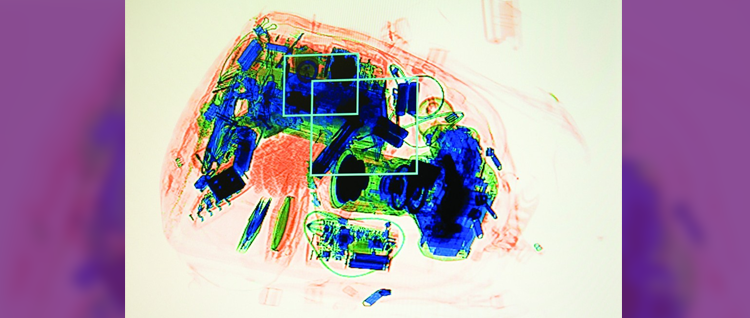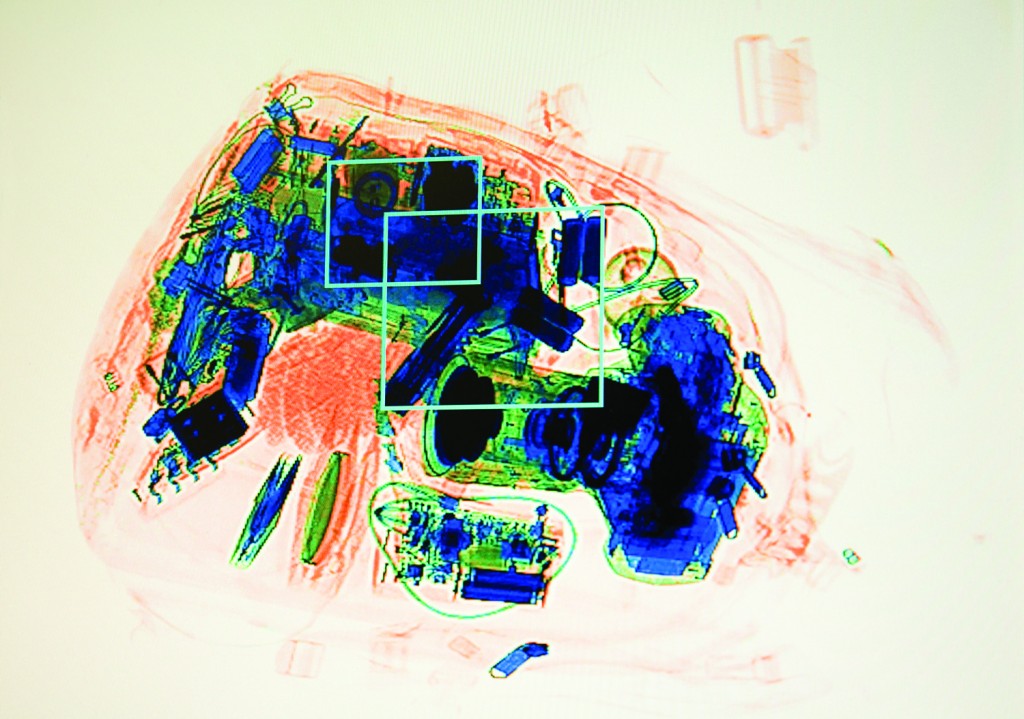Nottingham Trent University


![]()

Pioneering 3D X-ray imaging research at Nottingham Trent University is improving security monitoring and detection worldwide. Patented innovative technology developed from the research has been rolled out by spin-out company, Image Scan Holdings plc, to scanning and inspection devices across the world.
Millions of people travel by air every day. To ensure their safety, airports have strict security measures and technology. Security scanners that can be used to check travellers and their cases are prime tools in safeguarding the public and tackling terrorist activity.
Nottingham Trent University’s 3D X-ray imaging research underpins a new divergent beam technique which allows screeners to obtain multiple views from a stationary x-ray source. This led to the creation of a spin-out company, Image Scan Holdings Plc, which has successfully transferred the technique into many advanced products sold by international security manufacturers offering enhanced detection.
Image Scan Holdings plc, through its trading subsidiary 3D X-RAY Ltd, has created a portfolio of advanced real-time X-ray screening systems for both security and industrial inspection markets, creating revenue of over £10 million between 2008 and 2013. Notable recent applications of their Axis-3D product include 20 units deployed at a number of high profile buildings and agencies across the world.
As interest grew in the research team’s divergent beam method, the Science and Technology Directorate in the US Department of Homeland Security (DHS) awarded them a grant to evaluate its effectiveness. They’ve also carried out research for the UK Home Office Centre for Applied Science and Technology (CAST) to help inform and support scientific thinking at government level concerning the use of diffracted X-rays to identify explosive substances and contraband drugs.
Their findings led to the DHS issuing a broad agency announcement to US industry to build prototype scanners based on the University’s technique. Several US security manufacturers contacted the researchers for detailed advice on design and implementation. Astrophysics Inc, for example, developed its ‘Surround View’ product range which enhances object identification to speed up operations and reduce the need for a secondary search.
The University has also created another spin out company, Halo X-ray Technologies Ltd, in partnership with Cranfield University, to further exploit its work in X-ray diffraction imaging. The first patent was granted to the company in 2013, with a further four patents pending.




